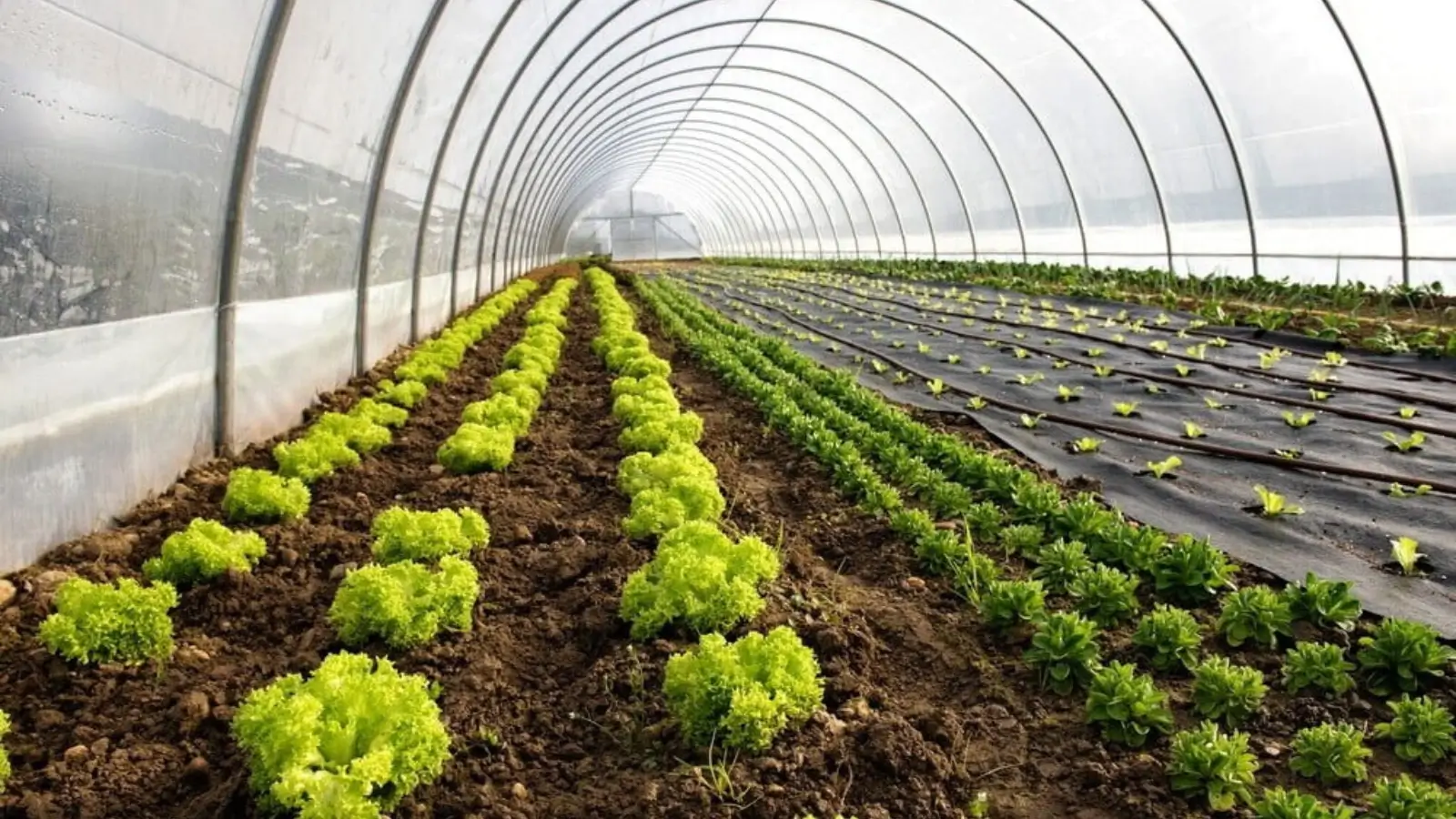


Greenhouses create ideal environments for growing plants by controlling temperature, light, and humidity. However, the materials used in building them are vital to their effectiveness and longevity. Among various options, acrylic sheets have become a popular choice for greenhouse construction across the UK.
This article explores the key benefits of using acrylic sheets and why they may suit your next greenhouse project. Keep reading to learn what makes acrylic a reliable and efficient material for greenhouses.
One of the main advantages of acrylic sheets is their strength and durability. Compared to traditional glass, acrylic is much more impact-resistant. This means it can better withstand hail, storms, and accidental knocks without cracking or breaking.
In the UK, where the weather can be unpredictable, durability matters. Acrylic sheets provide long-lasting protection for your plants and investment, even through changing conditions. They’re also much less likely to shatter, making them a safer choice, especially if children or pets are nearby.
Acrylic sheets provide outstanding light transmission, allowing up to 92% of natural sunlight to pass through. This high clarity is essential for photosynthesis, enabling plants inside the greenhouse to thrive. The natural light quality remains bright and even, encouraging healthy growth. Unlike some plastics, acrylic does not yellow quickly over time, which maintains consistent light flow throughout the year.
If you are considering a clear acrylic sheet for greenhouse use, you benefit from its ability to maximise sunlight while protecting plants from harmful UV rays. Many acrylic sheets come with UV-resistant coatings to prevent degradation and shield plants, further extending the material’s lifespan.
Acrylic sheets handle changing weather and temperature fluctuations well. They offer good thermal insulation, helping maintain a steady temperature inside the greenhouse.
This reduces heating costs during colder months, making growing seasons longer and more productive. The material’s resistance to moisture and condensation also prevents issues like mould and mildew, which can damage plants and structure.
The UK’s climate, often damp and chilly, demands materials that can resist moisture without warping or degrading. Acrylic sheets maintain their shape and performance even in damp conditions, giving you peace of mind year-round.
Compared to glass, acrylic is significantly lighter. This makes installation easier and lowers the risk of structural stress on the greenhouse frame. You won’t need heavy-duty supports or complex handling equipment, which reduces construction time and costs. The lightweight nature also allows for larger panels, which means fewer joins and better insulation.
For DIY enthusiasts or professional builders, acrylic sheets can be cut, drilled, and shaped with standard tools, allowing customisation to fit any greenhouse design. The availability of various thicknesses ensures you can select the right balance between strength and lightness.
While acrylic sheets may have a higher upfront cost than some plastics, their long-term value is clear. Their durability and weather resistance mean fewer repairs or replacements over time. When considering the life cycle and energy savings, acrylic sheets often prove more economical than glass or polycarbonate alternatives.
They also support sustainable building practices. Some acrylic sheets come in recyclable forms or from manufacturers focused on reducing environmental impact, aligning with eco-friendly choices in construction.
Choosing the right material for your greenhouse affects not only plant health but also your ongoing costs and maintenance. Acrylic sheets offer a blend of clarity, durability, and weather resistance that suits the UK's climate and gardening needs. By opting for a clear acrylic sheet for greenhouse use, you ensure your growing space will be bright, sturdy, and energy efficient.
If you are planning to build or upgrade a greenhouse, acrylic sheets deserve serious consideration. Their proven benefits can help you create a productive environment with less hassle and long-term reliability.